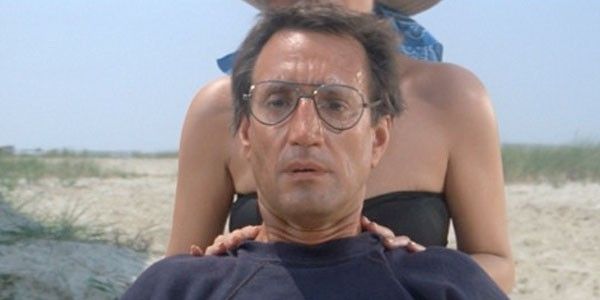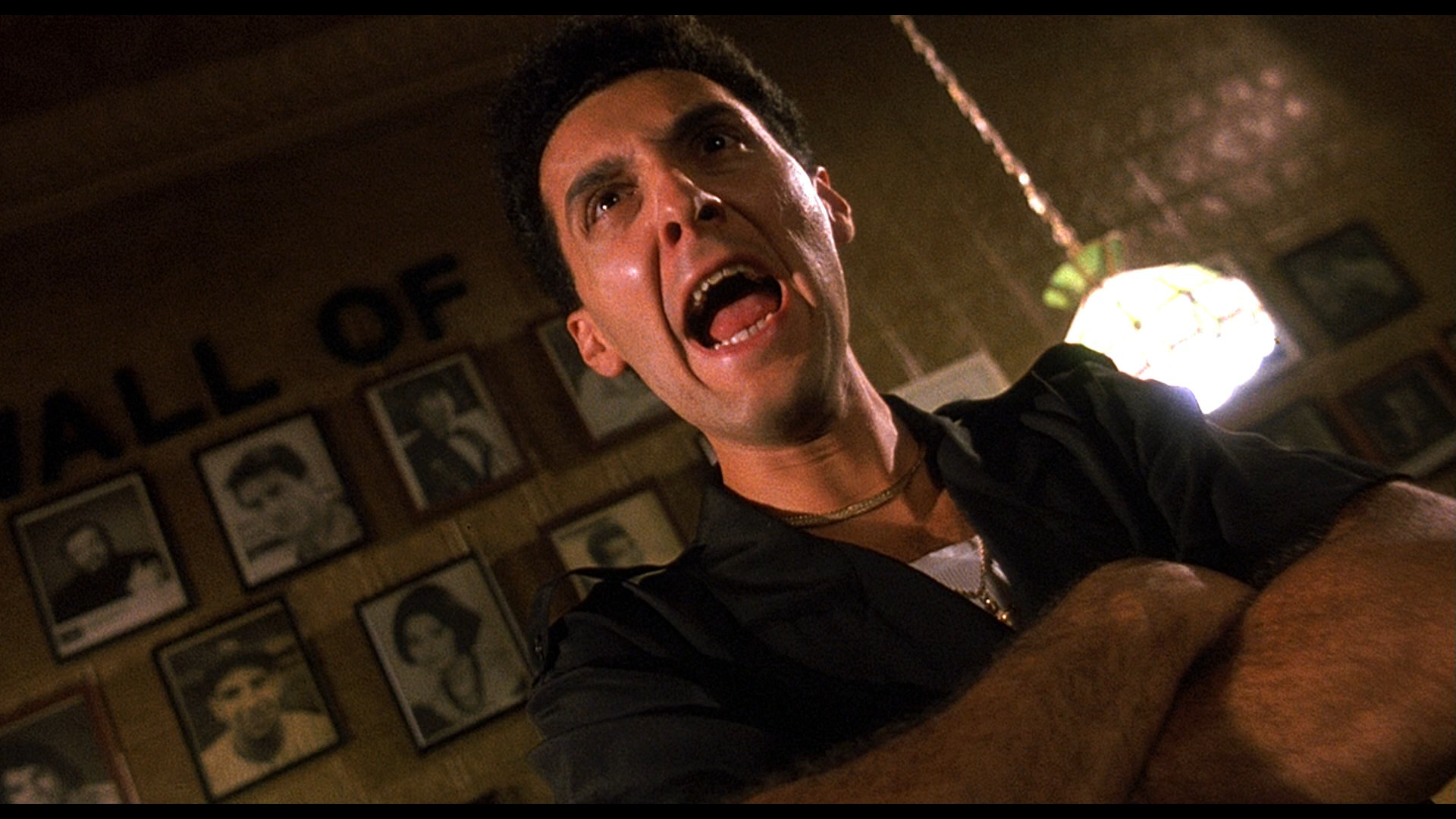Give an example of where at least 3 of these movements were used in a film.
Zoom out: The filmed object will shrink in apparent size, and more objects come into view. The speed of the zoom allows for a further degree of cinematographic freedom.

Tilt up: The definition of a tilt is a tip or a slope. An example of a tilt is the condition of a cup on its side. Tilt is defined as to tip or slope in one direction. An example of to tilt is to turn one’s head to the side.

Tilt Down: A tilt down shot is shot that uses a cinematographic technique called tilting in which the camera stays fixed but rotates down on a vertical plane. Tilting is similar to the motion of an individual raising or lowering their heads.
